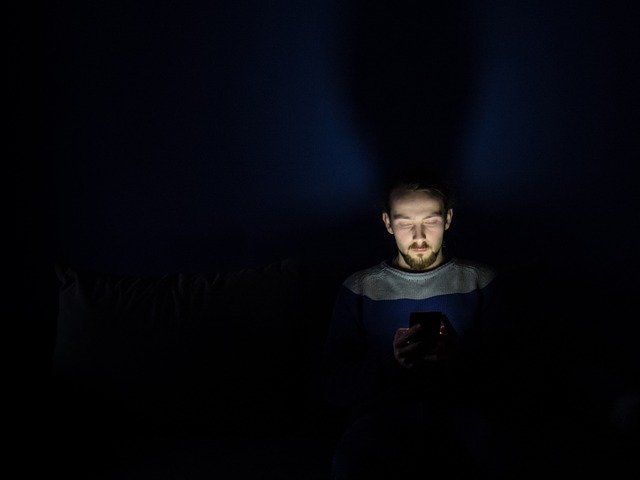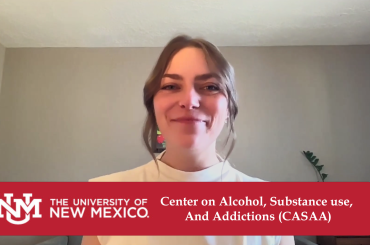One of the questions most commonly asked by individuals who struggle with compulsive/addictive porn use is: “Why is it so hard to quit and stay quit?” To answer this question, we must first understand the ways in which pornography affects the human brain.
How our brain deals with pleasure.
- A small portion of the brain known as the nucleus accumbens controls the experience of pleasure, desire, and motivation. For simplicity’s sake, this region is sometimes referred to as the pleasure center or the reward center.
- The reward center is activated (we feel pleasure) when we engage in naturally occurring, life-affirming stimuli. Eating, playing, learning, being sexual, helping others are all considered pleasurable. These activities are rewarded because they ensure, in various ways, survival of both the individual and the species.
- This pleasure response is two-pronged, involving the release and reception of various neurochemicals. These include dopamine but also adrenaline, serotonin, oxytocin, endorphins, and a few others.
- Some brain cells release these neurochemicals, other brain cells receive them, and both actions must occur before we experience pleasure. It’s like a lamp. It doesn’t turn on until you plug it in and complete the electrical circuit.
- When pleasure is experienced, the reward center tells the mood, memory, and decision-making regions of the brain how much it enjoyed a particular pleasurable act. This encourages us to engage in these life-sustaining activities again in the future. In short, it creates desire and motivation and ensures our survival.
That’s awesome, right? Intelligent design at its finest.
Unfortunately, the reward center can be manipulated. For instance, alcohol, addictive drugs, and intensely stimulating behaviors (like viewing pornography) can be used to artificially stimulate the system. This floods the brain with unusually high levels of dopamine—anywhere from two to ten times the amount provided by normal pleasurable activity. That’s a pretty big blast of pleasure juice! And, as is the case with all pleasurable experiences, this enjoyment-related information is conveyed to areas of the brain dealing with mood, memory, and decision-making. This creates motivation to repeat the behavior.
Is it any wonder that we sometimes want to go back for more, more, and still more?
Sadly, that’s only the first part of the story. And it’s not even the ugly part.
The ugly part is this:
- The brain is highly adaptive. It “heals itself” based on the inputs it receives and the actions it takes. So, when the brain is repeatedly overstimulated, as occurs with the heavy use of pornography, it recognizes the ongoing neurochemical imbalance. It then adjusts (heals) by reducing the amount of dopamine that is released and the number of receptors that can absorb the dopamine.
- As the brain adjusts in this fashion, pornography has less of an impact. The user must then use more of it or a more intense version of it to achieve the desired reward. And then the brain adjusts yet again.
- Despite this continual loss of the ability to experience pleasure from pornography, the mood, memory, and decision-making regions expect the same feeling. The desire and motivation remain. Thus, the user feels compelled to engage in the behavior, despite the loss of in-the-moment pleasure.
- Eventually, pornography no longer gets the user high. At best, porn gets the user back to zero. When porn use hits this unpleasant stage, the user is “feeding the beast” with no (or very little) neurochemical reward.
Long-term consequences.
In this way, liking pornography transforms into wanting/needing pornography, and compulsivity or addiction takes over. Even though the stimulus (pornography) no longer provides the pleasure it once did, the user wants and needs to continue.
Eventually, this neurobiological adjustment creates tolerance and escalation. To understand this, consider alcohol abuse. When a person first starts drinking, a single beer might get that individual buzzed. Over time, that person might need to increase the amount of alcohol to get the same effect. The same is true with sexual behaviors, especially pornography. Tolerance develops and, to achieve the same high, usage escalates.
Whatever a person’s drug/behavior of choice, as usage escalates the brain continues to adjust. This happens by reducing the amount of dopamine released and/or the number of dopamine receptors. Unfortunately, this turns down the volume on more than just pornography, alcohol, and the like. All forms of pleasure, including natural rewards like eating a nice meal, being friendly, playing, learning, and feeling connected are dampened.
Over time, many compulsive/addicted porn users find it difficult to experience pleasure through either normal or supernormal means. They are unable to experience natural rewards at all. With their compulsivity/addiction they are simply feeding the beast—using porn not to get high, but to get back to ground zero. This condition is known as anhedonia. Anhedonia occurs because, as stated above, when the brain turns down the volume on the addiction, it affects the entire reward system; the volume is turned down on everything.
You can heal.
The good news for compulsive/addicted porn users is that the brain resets with sobriety. The reward system eventually (usually around the one-year mark) returns to baseline. Until that happens, however, heavy porn users may struggle to enjoy life, to connect, and to avoid relapsing with porn. Often, it helps such individuals to know that their inability to feel pleasure is a temporary phase of recovery and the brain is healing as fast as it can. Eventually they will be able to enjoy all aspects of life—even the small and simple pleasures.








3 Comments
Meeting is always important for all addiction.
I am.an alcholic and a member of a great fellowship..i.am.from trinidad..W.I.
I don’t know if I’m a Drug addicted or Sex Addicted
Very well written and informative article